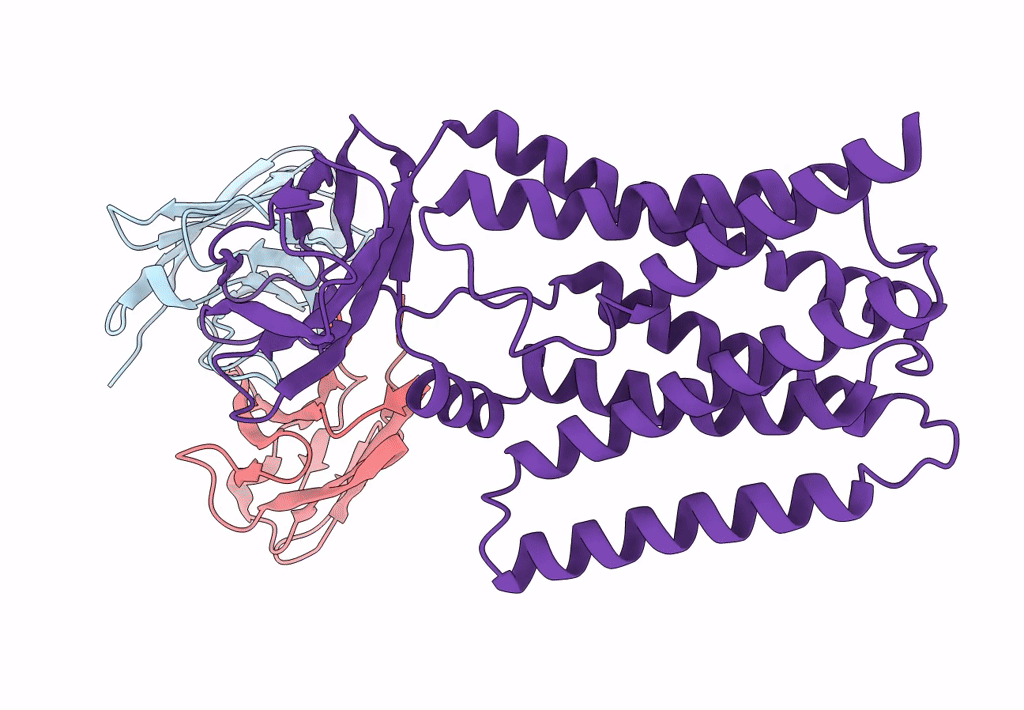
Deposition Date
2022-07-05
Release Date
2022-09-21
Last Version Date
2024-10-23
Entry Detail
PDB ID:
8DKE
Keywords:
Title:
Cryo-EM structure of cystinosin in a cytosol-open state
Biological Source:
Source Organism:
Homo sapiens (Taxon ID: 9606)
Mus musculus (Taxon ID: 10090)
Mus musculus (Taxon ID: 10090)
Host Organism:
Method Details:
Experimental Method:
Resolution:
3.18 Å
Aggregation State:
PARTICLE
Reconstruction Method:
SINGLE PARTICLE


